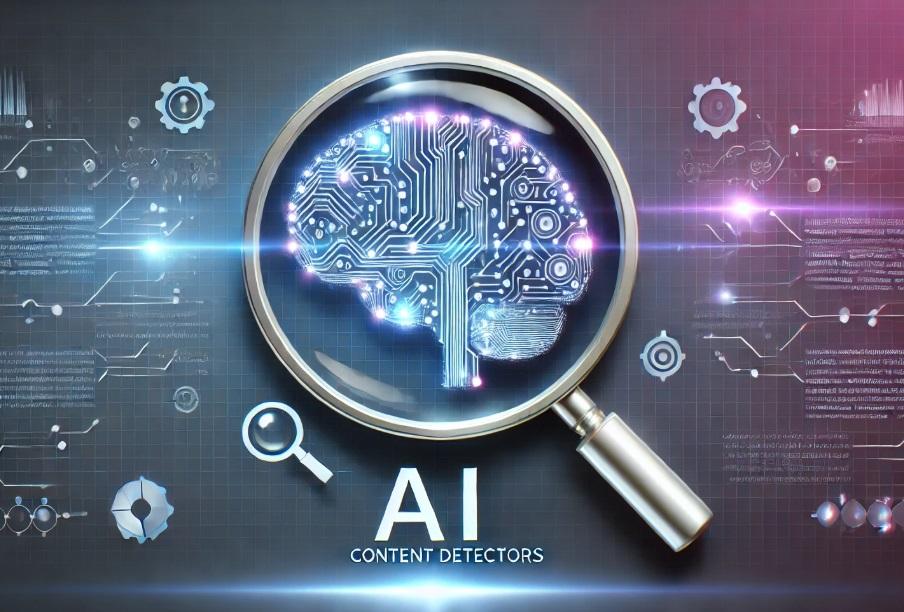AI Detector: The Modern Watchdog of Digital Content

In the evolving digital age, information spreads faster than ever before. With artificial intelligence now capable of generating text, images, and even entire articles in seconds, the challenge of distinguishing between human-created and machine-generated content has become increasingly complex. This is where the AI detector steps in—a powerful tool designed to separate authenticity from automation.
The Rise of AI-Generated Content
Artificial intelligence has opened a new era for creativity and efficiency. Writers, students, and businesses alike rely on AI tools to draft emails, generate articles, summarize reports, and even script social media posts. While this convenience saves time, it also blurs the line between originality and automation. Many industries—particularly education, journalism, and marketing—now face the task of verifying whether the words on a page are genuinely human-written.
The AI detector was born out of this very need. Its purpose is simple yet crucial: analyze text and provide insights into whether it was generated by a human or produced by an AI system.
How an AI Detector Works
At its core, an AI detector relies on linguistic patterns, probability models, and machine learning. While human writing tends to be imperfect—filled with subtle variations, unique phrasing, and occasional inconsistencies—AI text often carries certain signatures of automation. For example, it might display overly polished grammar, repetitive sentence structures, or statistically “safe” word choices.
An AI detector scans these characteristics by running the content through algorithms trained on vast amounts of both human and AI-generated text. The tool then assigns a probability score, helping users understand the likelihood of a text being machine-produced.
Why AI Detection Matters
It plays an active role in maintaining trust across multiple sectors:
-
Education – Teachers and universities use AI detection tools to ensure students are genuinely engaging in learning rather than outsourcing assignments to machines.
-
Publishing – Editors and journalists rely on detection to protect the integrity of their work and prevent unverified machine-produced articles from reaching the public.
-
Business Communication – Companies use detectors to confirm that critical documents, such as contracts or reports, are authentic and not generated by AI without oversight.
-
Content Marketing – Brands leverage AI detectors to ensure that their creative campaigns remain unique, original, and aligned with their voice.
In each of these scenarios, the AI detector serves as a digital watchdog, protecting originality and accountability.
The Limitations of AI Detectors
Despite their usefulness, AI detectors are not flawless. As artificial intelligence becomes more advanced, its outputs grow increasingly human-like. Modern systems can mimic humor, tone shifts, and even stylistic quirks, making detection harder. This constant push-and-pull creates an ongoing technological race: as AI becomes more sophisticated, AI detectors must also evolve to keep up.
Another limitation is the risk of false positives. A student’s well-structured essay might be mistakenly flagged as AI-generated simply because it follows clean grammar patterns. Similarly, a creative marketer may be accused of relying on AI when, in fact, the originality is entirely their own. For this reason, AI detection should be seen as a guide, not an absolute verdict.
Ethical Considerations
With the rise of AI detection comes an important ethical question: how do we balance the benefits of AI assistance with the value of human creativity? Many argue that AI should not be banned but embraced as a tool, provided it is used transparently. For instance, a researcher might use AI to generate summaries but still add personal insights. Here, the AI detector plays less of a policing role and more of a transparency check, ensuring honesty in how AI is credited.
The Future of AI Detection
They may evolve into multi-layered tools that not only identify AI-generated text but also provide context, such as which AI model was likely used or how much of the content appears to be automated. Integration with search engines, academic portals, and publishing platforms could make AI detection a built-in part of our everyday digital interactions.
In the future, we may see a collaboration rather than a competition—AI creators developing models that leave behind identifiable “watermarks” in their generated text, making it easier for AI detectors to verify authenticity. This balance could preserve creativity while still protecting trust in information.
Conclusion
In a world where words can be produced at lightning speed by machines, the AI detector stands as a guardian of originality. It helps educators, businesses, and publishers maintain integrity, while also encouraging responsible use of artificial intelligence. Although not perfect, it is a vital part of today’s digital ecosystem—one that ensures we continue to value the human voice even as we embrace the innovations of AI.
The next time you encounter a polished article or a seamless report, remember: behind the screen, an AI detector might already be at work, silently analyzing the words and protecting the balance between authenticity and automation.

- Economía
- Arte
- Causas
- Artesanía
- Baile
- Bebidas
- Película
- Aptitud Física
- Alimentos
- Juegos
- Jardinería
- Salud
- Hogar
- Literatura
- Música
- Redes
- Otro
- Fiesta
- Religión
- Compras
- Deportes
- Teatro
- Bienestar
- Comercio
- Medicina & Salud
- Astronomía
- Medio Ambiente
- Ciencia
- Naturaleza
- Belleza
- Tecnología
- Automóviles



